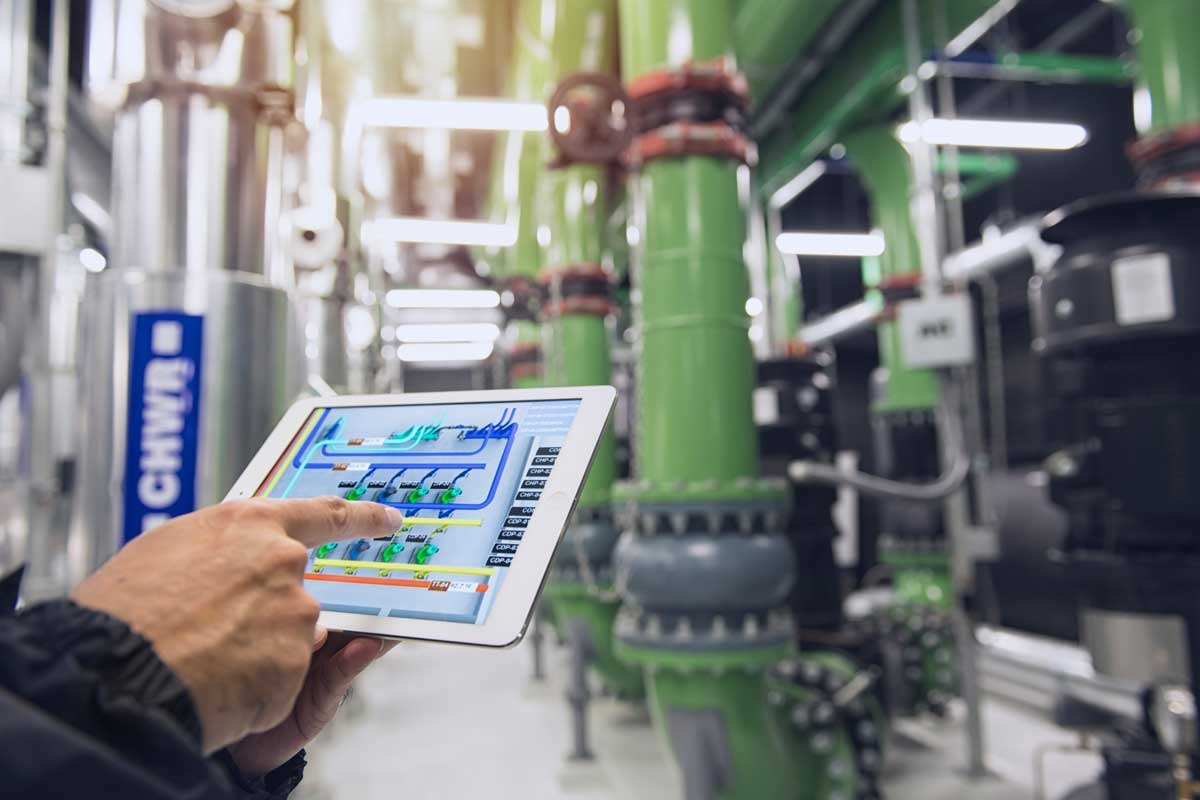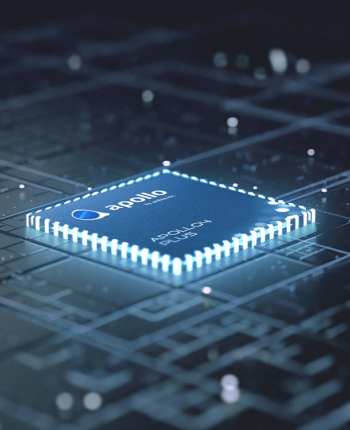
The existing model has weaknesses. It might wrestle with precisely simulating the physics of a fancy scene, and should not fully grasp specific situations of result in and result. For example, someone could have a Chunk away from a cookie, but afterward, the cookie may well not Use a Chunk mark.
The model may consider an current movie and prolong it or fill in lacking frames. Learn more in our specialized report.
When using Jlink to debug, prints are generally emitted to possibly the SWO interface or the UART interface, Every single of that has power implications. Choosing which interface to work with is straighforward:
Prompt: Drone see of waves crashing against the rugged cliffs together Massive Sur’s garay level beach. The crashing blue waters build white-tipped waves, when the golden gentle from the setting Sunshine illuminates the rocky shore. A small island with a lighthouse sits in the space, and eco-friendly shrubbery covers the cliff’s edge.
Roughly Talking, the greater parameters a model has, the more details it may soak up from its coaching data, and the greater precise its predictions about refreshing information will probably be.
extra Prompt: The camera right faces vibrant buildings in Burano Italy. An lovable dalmation appears to be like via a window on a constructing on the bottom ground. Lots of people are strolling and biking together the canal streets before the buildings.
Generally, The simplest way to ramp up on a fresh application library is thru an extensive example - This is certainly why neuralSPOT incorporates basic_tf_stub, an illustrative example that illustrates most of neuralSPOT's features.
SleepKit involves numerous crafted-in jobs. Every endeavor supplies reference routines for coaching, analyzing, and exporting the model. The routines may be custom made by delivering a configuration file or by setting the parameters right within the code.
Where probable, our ModelZoo incorporate the pre-skilled model. If dataset licenses stop that, the scripts and documentation wander by way of the process of attaining the dataset and education the model.
The crab is brown and spiny, with extended legs and antennae. The scene is captured from a broad angle, showing the vastness and depth in the ocean. The h2o is evident and blue, with rays of sunlight filtering by way of. The shot is sharp and crisp, which has a high dynamic range. The octopus as well as the crab are in target, though the qualifications is a bit blurred, creating a depth of industry outcome.
AMP’s AI platform takes advantage of computer eyesight to acknowledge designs of distinct recyclable materials within the typically elaborate squander stream of folded, smashed, and tattered objects.
Customers only level their trash product at a video display, and Oscar will inform them if it’s recyclable or compostable.
Autoregressive models including PixelRNN alternatively educate a network that models the conditional distribution of each particular person pixel specified former pixels (into the remaining also to the best).
If that’s the case, it can be time researchers focused not simply on the size of the model but on the things they do with it.
Accelerating the Development of Optimized AI Features with Ambiq’s neuralSPOT
Ambiq’s neuralSPOT® is an open-source AI developer-focused SDK designed for our latest Apollo4 Plus system-on-chip (SoC) family. neuralSPOT provides an on-ramp to the rapid development of AI features for our customers’ AI applications and products. Included with neuralSPOT are Ambiq-optimized libraries, tools, and examples to help jumpstart AI-focused applications.
UNDERSTANDING NEURALSPOT VIA THE BASIC TENSORFLOW EXAMPLE
Often, the best way to ramp up on a new software library is through a comprehensive example – this is why neuralSPOt includes basic_tf_stub, an illustrative example that leverages many of neuralSPOT’s features.
In this article, we walk through the example block-by-block, using it as a guide to iot semiconductor companies building AI features using neuralSPOT.
Ambiq's Vice President of Artificial Intelligence, Carlos Morales, went on CNBC Street Signs Asia to discuss the power consumption of AI and trends in endpoint devices.
Since 2010, Ambiq has been a leader in ultra-low power semiconductors that enable endpoint devices with more data-driven and AI-capable features while dropping the energy requirements up to 10X lower. They do this with the patented Subthreshold Power Optimized Technology (SPOT ®) platform.
Computer inferencing is complex, and for endpoint AI to become practical, these devices have to drop from megawatts of power to microwatts. This is where Ambiq has the power to change industries such as healthcare, agriculture, and Industrial IoT.
Ambiq Designs Low-Power for Next Gen Endpoint Devices
Ambiq’s VP of Architecture and Product Planning, Dan Cermak, joins the ipXchange team at CES to discuss how manufacturers can improve their products with ultra-low power. As technology becomes more sophisticated, energy consumption continues to grow. Here Dan outlines how Ambiq stays ahead of the curve by planning for energy requirements 5 years in advance.
Ambiq’s VP of Architecture and Product Planning at Embedded World 2024
Ambiq specializes in ultra-low-power SoC's designed to make intelligent battery-powered endpoint solutions a reality. These days, just about every endpoint device incorporates AI features, including anomaly detection, speech-driven user interfaces, audio event detection and classification, and health monitoring.
Ambiq's ultra low power, high-performance platforms are ideal for implementing this class of AI features, and we at Ambiq are dedicated to making implementation as easy as possible by offering Ambiq apollo 4 open-source developer-centric toolkits, software libraries, and reference models to accelerate AI feature development.

NEURALSPOT - BECAUSE AI IS HARD ENOUGH
neuralSPOT is an AI developer-focused SDK in the true sense of the word: it includes everything you need to get your AI model onto Ambiq’s platform. You’ll find libraries for talking to sensors, managing SoC peripherals, and controlling power and memory configurations, along with tools for easily debugging your model from your laptop or PC, and examples that tie it all together.
Facebook | Linkedin | Twitter | YouTube